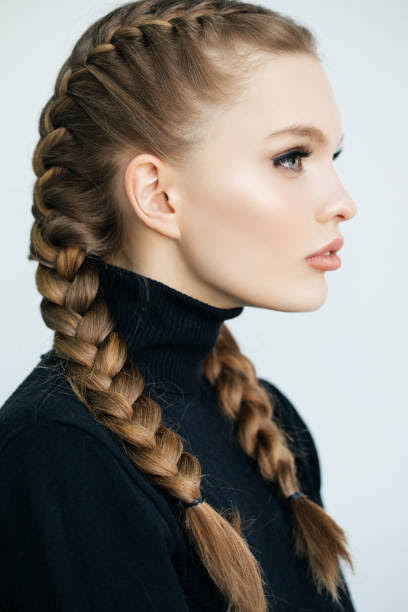10 Home Remedies For Long Hair
Having long, beautiful hair is a goal for many people. While there are many products on the market that claim to promote hair growth, there are also natural remedies that can help. Here are 10 home remedies for long hair:
Massage your scalp: Massaging your scalp increases blood flow to the hair follicles, promoting hair growth. Use your fingers to gently massage your scalp for a few minutes each day.
Amla (Indian gooseberry): Amla is rich in vitamin C, which is essential for hair growth. Mix amla powder with water to make a paste, and apply it to your hair and scalp. Leave it on for 30 minutes, then rinse it out with cool water.
Egg mask: Eggs are high in protein, which promotes hair growth. Beat an egg and apply it to your hair, focusing on the roots. Leave it on for 30 minutes, then rinse it out with cool water.
Coconut oil: Coconut oil is rich in vitamins and minerals that nourish hair, promoting growth. Warm up a small amount of coconut oil in your hands, and apply it to your hair. Leave it on for at least 30 minutes, then rinse it out with a gentle shampoo.
Onion juice: Onion juice is rich in sulfur, which promotes collagen production and hair growth. Apply onion juice to your scalp and hair, and leave it on for 30 minutes. Rinse it out with cool water and shampoo as usual.
Green tea: Green tea contains antioxidants that promote hair growth. Brew a cup of green tea, let it cool, and apply it to your hair. Leave it on for 30 minutes, then rinse it out with cool water.
Fenugreek: Fenugreek seeds contain proteins and nicotinic acid, which promote hair growth. Soak fenugreek seeds overnight in water, and grind them into a paste. Apply the paste to your hair and scalp, and leave it on for 30 minutes. Rinse it out with cool water.
Aloe vera: Aloe vera is a natural moisturizer that can help to soothe and nourish your hair. Apply fresh aloe vera gel to your scalp and hair, and leave it on for at least 30 minutes. Rinse it out with cool water and shampoo as usual.
Hibiscus: Hibiscus flowers contain vitamins and minerals that promote hair growth. Grind hibiscus flowers into a paste, and apply it to your hair and scalp. Leave it on for 30 minutes, then rinse it out with cool water.
Curry leaves: Curry leaves contain vitamins and minerals that nourish hair, promoting growth. Boil curry leaves in coconut oil, and apply the mixture to your hair and scalp. Leave it on for at least 30 minutes, then rinse it out with a gentle shampoo.
In conclusion, these natural remedies are a great way to promote long, healthy hair. They are gentle on your hair and scalp, and can help to improve the overall health and appearance of your hair. Try incorporating these remedies into your hair care routine and see the difference they can make!































